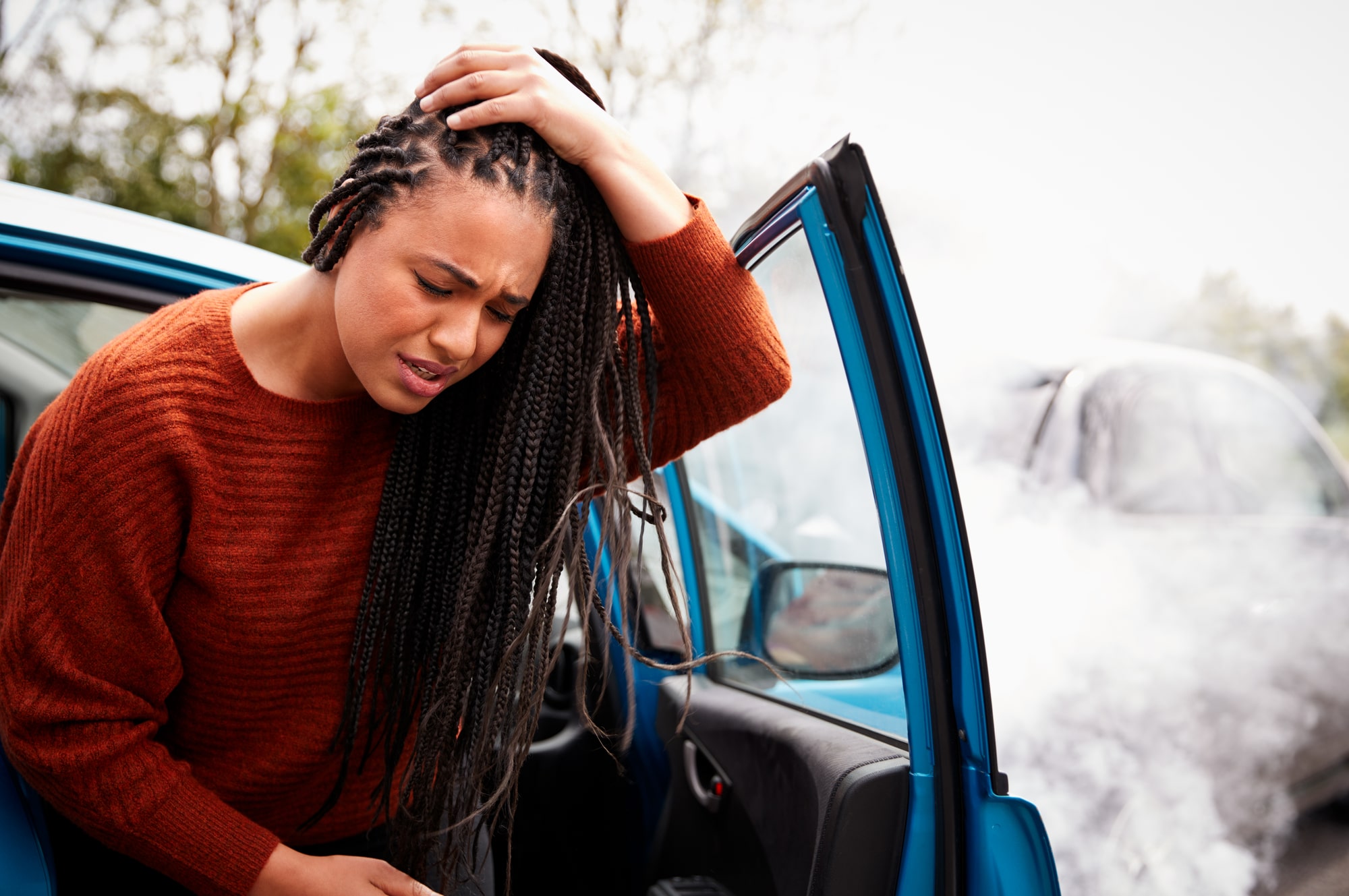Car accidents can happen in the blink of an eye, often resulting in physical injuries, property damage, and emotional distress. When an accident occurs, one critical question is, “Who is responsible?” Determining liability in a car accident is a crucial step in the legal process. In this article, we’ll explore the various factors that come into play when assessing responsibility in car accidents.
Factors Influencing Car Accident Liability
Several factors can influence car accident liability. These factors often interact and contribute to determining who is at fault and responsible for the accident. Here are some of the critical elements to consider:
Negligence
Negligence is a central concept in assessing car accident liability. It refers to the failure to exercise reasonable care when operating a motor vehicle. To establish negligence, the following elements typically need to be proven:
- Duty of care: The at-fault party owed a duty of care to other road users, such as following traffic laws and driving safely.
- Breach of duty: The at-fault party breached their duty of care by engaging in negligent behavior, such as speeding, texting while driving, or running a red light.
- Causation: The negligent actions of the at-fault party directly caused the accident.
- Damages: The accident resulted in physical injuries, property damage, or other losses.
Traffic Violations
Traffic violations play a significant role in assessing liability. If one driver violated a traffic law leading up to or during the accident, it can strongly indicate their responsibility for the collision. Common traffic violations include speeding, running stop signs or red lights, improper lane changes, and failure to yield the right of way.
Eyewitness Testimonies
Eyewitnesses can provide valuable accounts of the accident. Their testimonies can help corroborate or dispute the narratives of the involved parties. Eyewitnesses may have observed who had the right of way, who was speeding, or who was distracted at the time of the accident.
Police Reports
Police reports are typically generated when law enforcement officers respond to an accident scene. These reports often contain essential information, such as statements from drivers and witnesses, a description of road and weather conditions, and any citations issued. Police reports can serve as crucial evidence in determining liability.
Expert Opinions
In some cases, expert opinions may be sought to assess liability. Accident reconstruction specialists, for example, can use evidence from the scene, vehicle damage, and other factors to recreate the accident and provide insights into what transpired.
Shared Liability And Comparative Negligence
Car accident liability is not always a straightforward matter of one party being entirely at fault. In many cases, both parties may share some degree of responsibility for the accident. This concept is known as comparative negligence or shared liability.
Comparative negligence allows for a fair allocation of fault based on each party’s degree of negligence. Depending on the jurisdiction, if you are found partially at fault for an accident, your ability to recover damages may be reduced accordingly.
Have You Been Injured?
Determining liability in a car accident is a complex process that involves considering multiple factors, including negligence, traffic violations, eyewitness testimonies, police reports, and expert opinions. It’s important to remember that every accident is unique, and liability assessment can vary widely from case to case.
If you’ve been involved in a car accident, seeking legal counsel from an experienced car accident lawyer is essential. A lawyer can help you navigate the complexities of liability, gather evidence, negotiate with insurance companies, and, if necessary, represent your interests in court.
